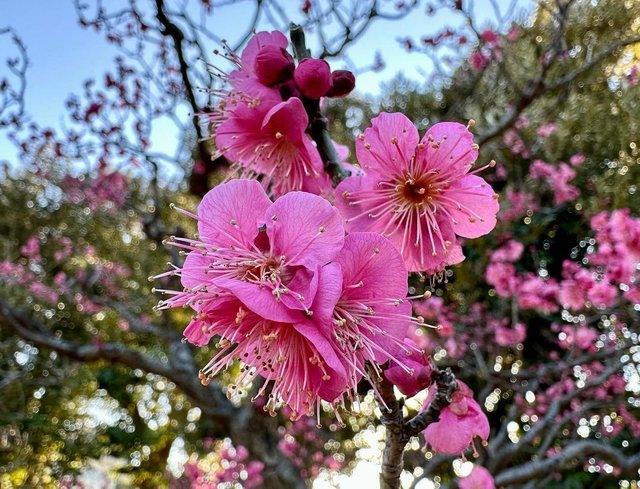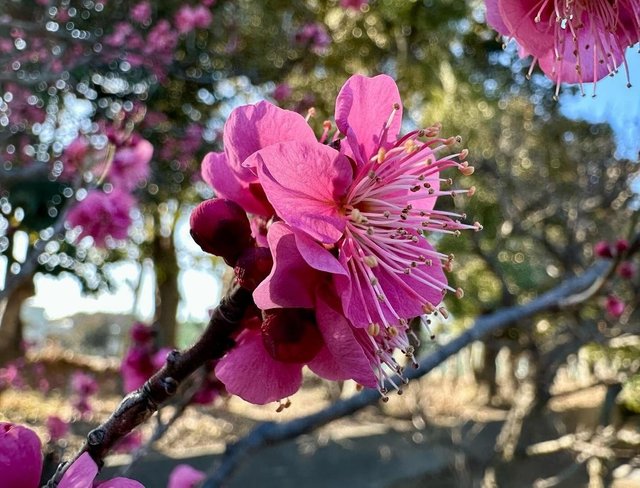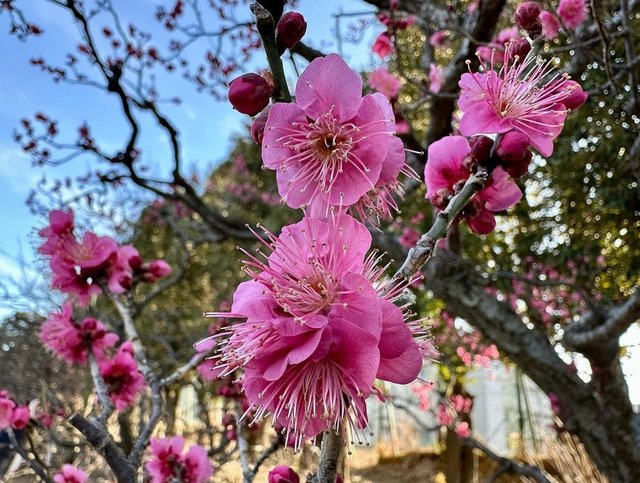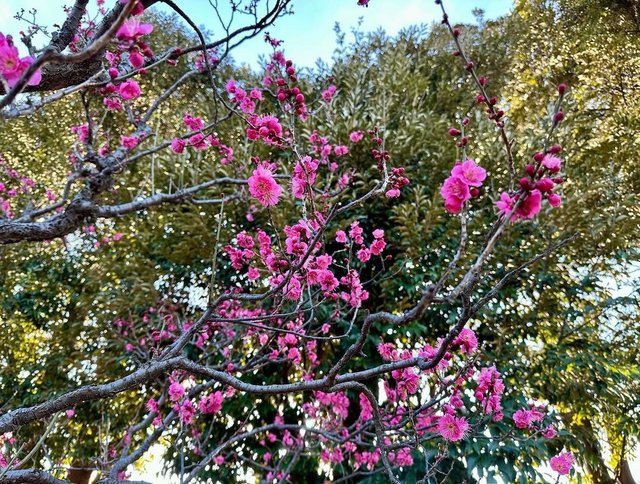



In the vast tapestry of nature's wonders, few sights evoke the ethereal beauty and poignant symbolism quite like the blooming of plum blossoms. As winter's frost loosens its grip and the world begins to stir from its slumber, these delicate flowers burst forth, adorning the landscape with their soft hues and captivating fragrance.The plum blossom, known as "ume" in Japanese and "meihua" in Chinese, holds a revered place in East Asian culture, where it symbolizes endurance, resilience, and the coming of spring amidst adversity. Its appearance in late winter or early spring, before the arrival of leaves, symbolizes hope and renewal after the harshness of winter, reminding us that even in the coldest and darkest of times, beauty can still flourish.
For centuries, poets, painters, and artisans have been captivated by the plum blossom's understated elegance, its slender branches adorned with clusters of five-petaled flowers ranging in color from pure white to soft pink. The plum blossom's allure has been immortalized in countless works of art, from classical Chinese ink paintings to delicate Japanese woodblock prints, each capturing the flower's fleeting beauty and profound symbolism.
Beyond its aesthetic appeal, the plum blossom holds deep cultural significance in East Asian societies. In China and Japan, plum blossoms are associated with perseverance, resilience, and the ability to endure hardship with grace and dignity. They are often featured in traditional celebrations, such as the Lunar New Year, where they symbolize good fortune and the promise of new beginnings.In Japan, the plum blossom is celebrated during the annual "ume matsuri" or plum blossom festival, where people gather to admire the flowers, compose poetry, and enjoy traditional performances. Plum blossoms also play a prominent role in traditional Chinese medicine, where they are valued for their medicinal properties and used to treat various ailments.